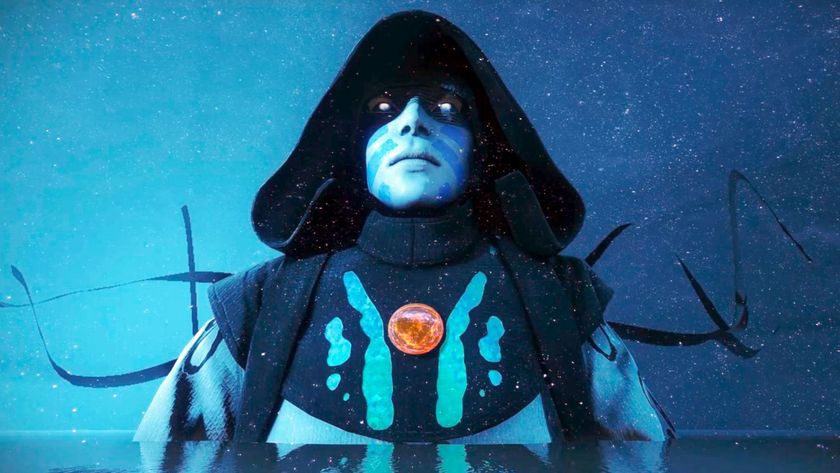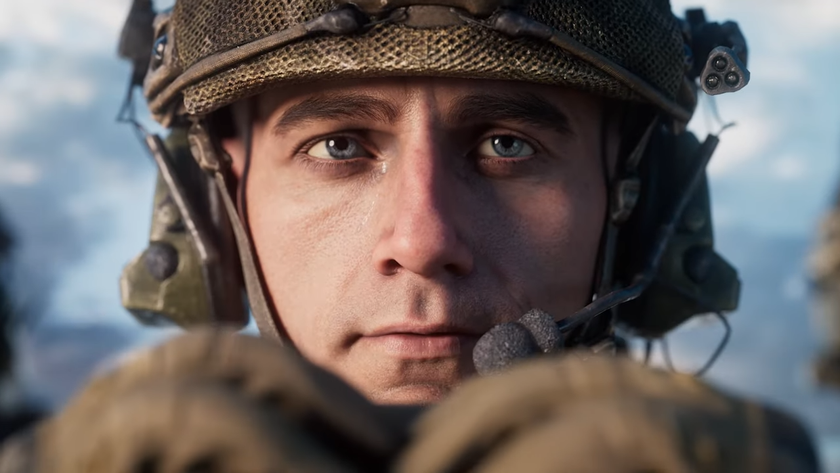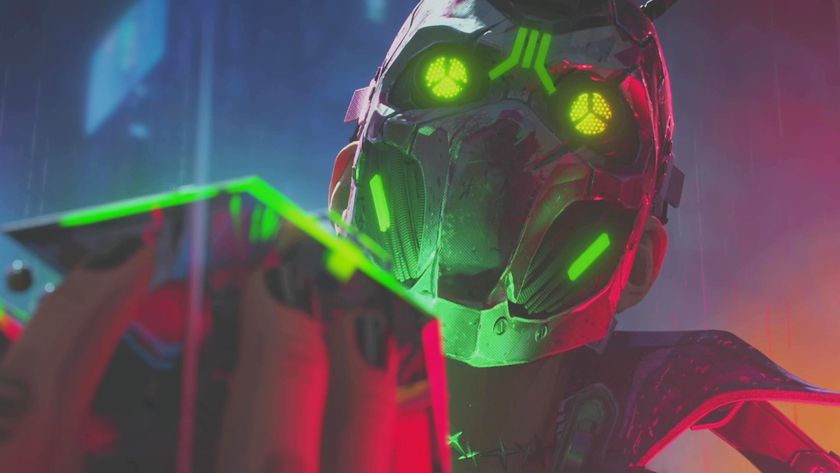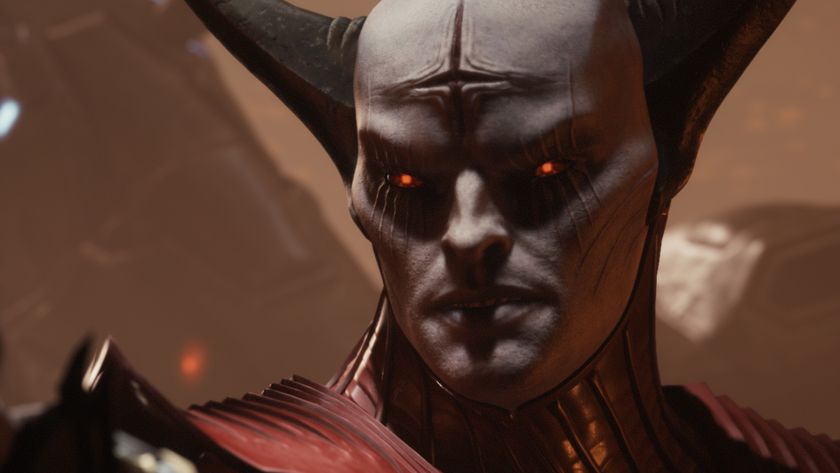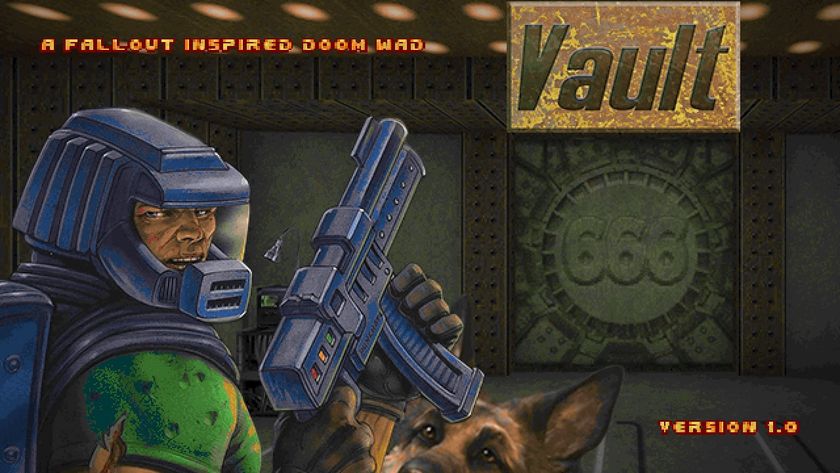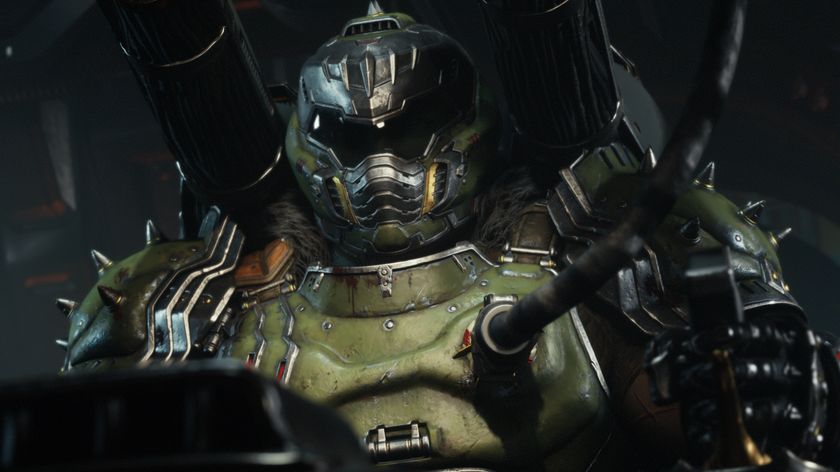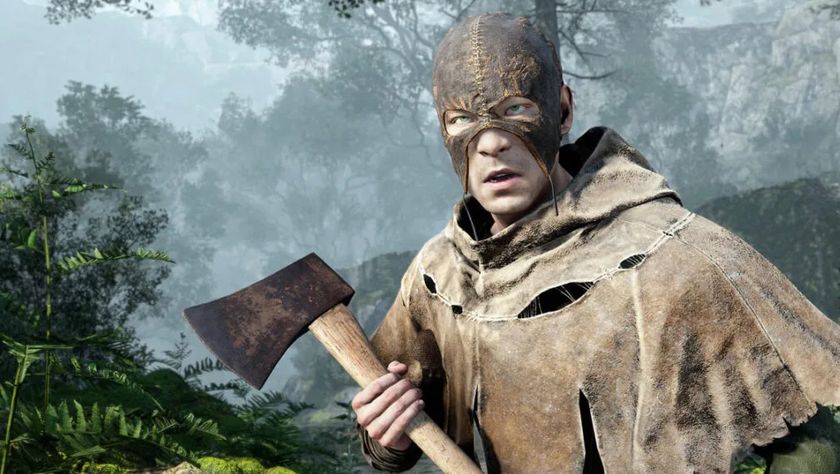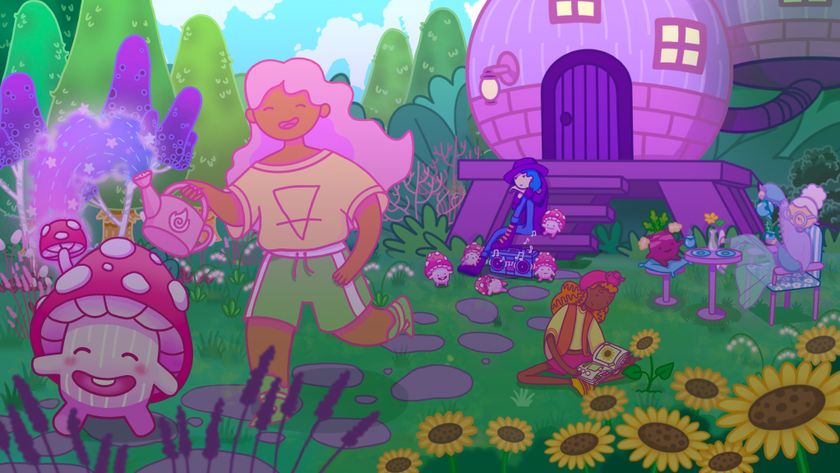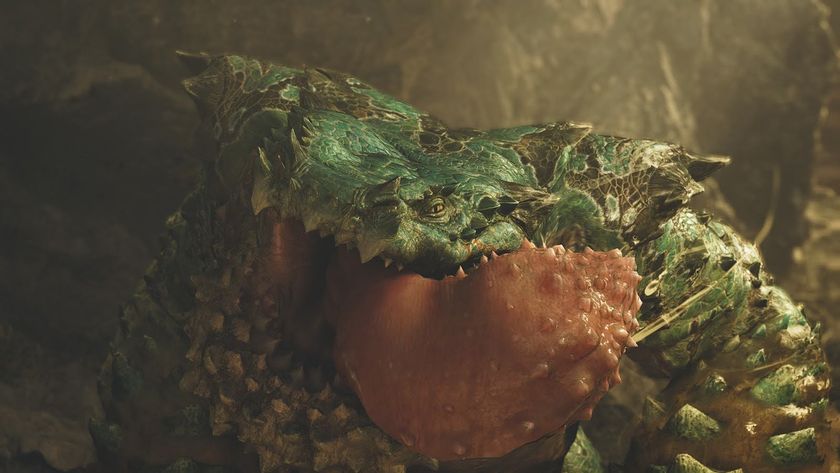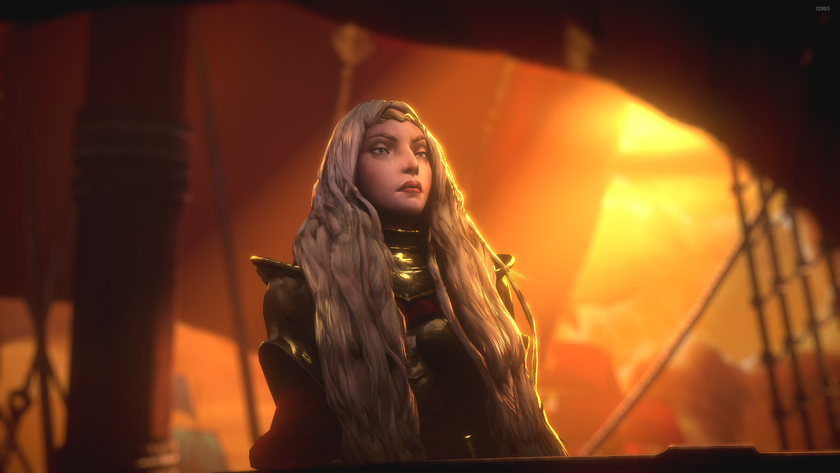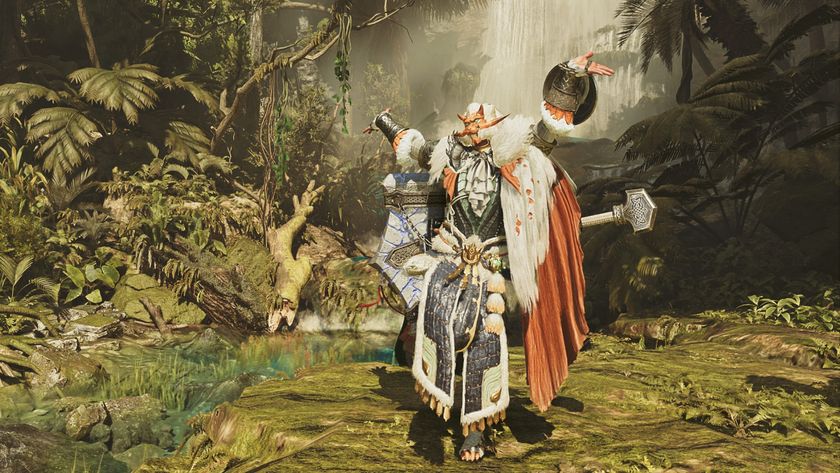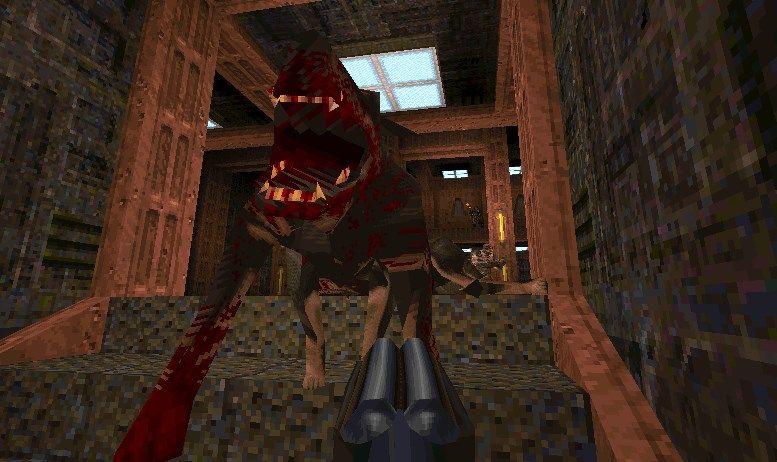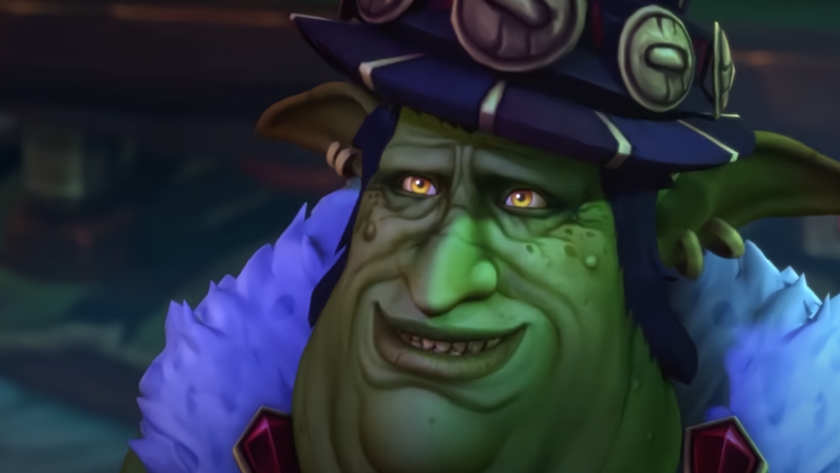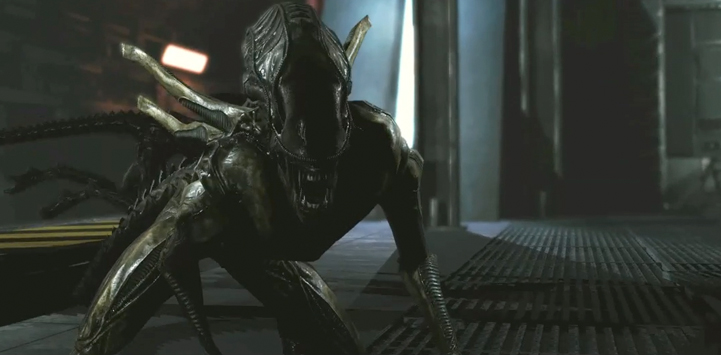
[VAMS id="6DbOCSII96afG"]
Article by Nathan Ditum
When we recently spoke to Randy Pitchford about Aliens: Colonial Marines he told us he was especially pleased at how his team at Gearbox Software had “cracked the nut” on the game's story, even going so far as to claim that “after Aliens: Colonial Marines, Alien 3 is better movie”. Now a story trailer's been released for the game, giving us a chance to examine exactly what he meant.
Tellingly the trailer starts not with a Sega or Gearbox logo but with the familiar, cinematic 20th Century Fox ident, a small touch that clearly signs how everyone involved is lining the game up as a fully-fledged extension of the film series. The next thing on screen helps bolster these credentials – it's Michael Biehn, last seen still fuming at the sneaky off-screen death his character Corporal Hicks had been given in Alien 3. Now he's back – sort of. He's still dead, but playing Hicks in flashback form, the acid wounds to his face telling us that the distress recording we're watching was made some point towards the end of Aliens. His appearance will play very well with the sizeable crowd who wanted more Hicks in the third film, and given he's a high profile catch it'd be surprising if he didn't turn up in a series of recordings throughout the game.
Hicks tells us that his unit, the colonial marines squad sent to the settlement on LV-426, has been wiped out. Then their replacements arrive – Captain Cruz is heard addressing the crew of the USS Sephora (which, like Aliens' USS Sulaco, is a Conestoga class USMC starship) explaining that the distress signal was received 17 weeks ago. This is our story time frame – 17 weeks from the nuclear blast that destroyed the LV-426 colony of Hadley's Hope and wiped out the xenomorph infestation, which also places it after the events of Alien 3 on the prison world Fiorina 161 (which, the novelisation tells us, took place two weeks after the Hadley's Hope explosion).
This part of the trailer does a solid line in the worn-in hardware and hard-mouthed dialogue that defined Aliens – the marines are the same breed of headband-wearing roughnecks James Cameron specialises in (“popped out of cryo” has that Cameronian economy with words) and they use the same dropships and APCs (there's even a short cockpit glimpse of a female pilot wearing aviators that's a shot-for-shot match for Corporal Ferro taking off in Cameron's movie). Perhaps most interestingly of all, there's Bishop. Lance Henriksen's appearance in the game is no secret, but seeing a fully-functioning Bishop as part of the Sephora's crew is. The way the timelines match up (an earlier trailer shows your character, Corporal Winters, finding the legs of the original Bishop) this must be another version of the same synthetic model.
Speaking of timelines, a female marine asks the captain the most important question in the whole trailer: “Sir, the Sulaco was last seen over Fury 161. How is it back over this planet?” The captain doesn't respond, although it seems likely that the answer is the very thing that makes Pitchford so sure that Aliens: Colonial Marines will improve Alien 3 – it will be the tissue that somehow connects the end of Aliens with the much-maligned events preceding Alien 3 and the fallout from Ripley's furnace martyrdom.
The biggest gaming news, reviews and hardware deals
Keep up to date with the most important stories and the best deals, as picked by the PC Gamer team.
To lay it out totally clearly – the movements of the Sulaco are unaccounted for. The ship carries the marines in Aliens to the colony on LV-426, where the unit is wiped out apart from Ripley, Newt and Hicks. They sail into the cosmos as the end of the film, a happy ending re-written by Alien 3 which has an “electrical fire” trigger an escape pod release which ditches the three survivors on the desolate prison planet Fiorina 161, or Fury 161. One of their pods was also carrying a facehugger, according to Sulaco's medical scans, though Hicks and Newt are found dead in the wreckage, with Ripley the only survivor. The stowaway facehugger gets sexy with a local dog (or an ox, if you watch the assembly cut), and while the resulting xenomorph chews through the prison population, Ripley discovers she was the unlucky cryotuber double-bunking with the facehugger - and that she's now carrying an alien embryo. Just as shady company Weyland-Yutani arrive to retrieve her and her unwanted child, she leaps into a vat of liquid metal.
So how, the unknown lady marine asks, does the Sulaco then end up /back/ in orbit around LV-426? To which it makes sense to add the question: “Did the person who moved the Sulaco back to LV-426 have anything to do with the electrical fire and death of Hicks and Newt?” That would add a satisfying agency to what is currently just deck-sweeping, fulfilling Pitchford's promise of making Alien 3 a better film.
As for the business in hand – our new marines are above LV-426, and surely for the purposes of shooting things must encounter xenomorphs. But how can they, when the site was famously nuked from orbit at the end of Aliens? It turns out the option wasn't the only way to be sure after all – the official USMC Tech Manual places the site of the original alien infestation, the derelict ship (now familiar from Prometheus) and home of the Space Jockey/Engineer, behind a mountain range which protected it from the nuclear blast. In fact Pitchford told us as much in our interview: “It was a thousand kilometres away from the atmospheric processor that only had a 40 kilometre blast radius, right?”
In other words, there's no reason that the place wouldn't still be crawling with the universe's perfect killing machine, which makes it a natural place for the marines – and Weyland-Yutani – to start poking around. “Cracked the nut” is right – story-wise, Colonial Marines seems to have come up with a tight, tidy way to insert a new strand into the Alien timeline without moving anything valuable around, while at the same time taking the opportunity to address long-standing fan issues. The trailer's final lines leave the important questions ringing: “Who did we bring back? What happened on the Sulaco?”
PC Gamer is the global authority on PC games—starting in 1993 with the magazine, and then in 2010 with this website you're currently reading. We have writers across the US, Canada, UK and Australia, who you can read about here.
